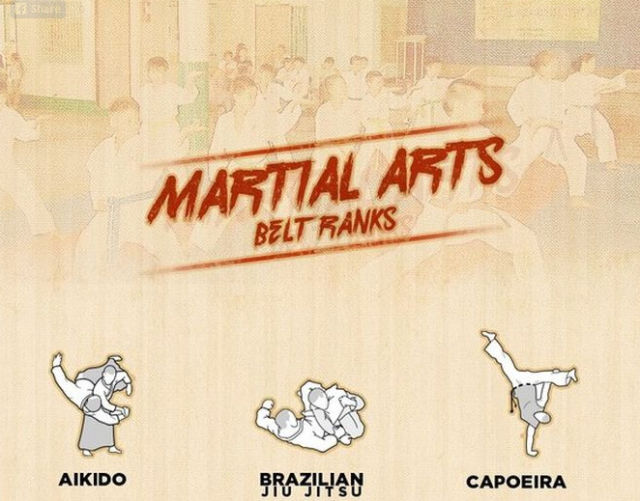Discover The Secrets Of Taekwondo's Belt Degrees! From White To Black, This Guide Has Whatever You Need To Recognize. Dive In Currently!
Discover The Secrets Of Taekwondo's Belt Degrees! From White To Black, This Guide Has Whatever You Need To Recognize. Dive In Currently!
Blog Article
Author-Foldager Vest
Did you know that there are a total of ten belt degrees in Taekwondo? From the newbie's white belt to the respected black belt, each level represents a turning point in your trip to mastery.
But what do these belt degrees really indicate? Exactly how do you proceed through them?
In this discussion, we will break down the belt levels in Taekwondo, explore their value, and uncover what it takes to climb via the ranks.
So, if you're curious to comprehend the intricacies of Taekwondo's belt system and what it implies for your training, stay tuned.
The Function of Belt Degrees
The function of belt degrees in Taekwondo is to provide a clear and structured progression system for you to track your development and skill degree. As you begin your Taekwondo trip, you begin with a white belt, signifying your beginner condition. With each belt promo, you gain new knowledge, strategies, and responsibilities.
The belt levels act as landmarks, showing your commitment, commitment, and development in the martial art. They supply a feeling of achievement and inspiration to keep pushing yourself to improve. Furthermore, belt degrees aid teachers and peers assess your capacities and give appropriate support and training.
Belt Color Styles and Their Significances
As you progress through the belt degrees in Taekwondo, each color represents a details definition and represents your development in the martial art.
The white belt, which is the starting factor for all newbies, signifies purity and virtue.
As you move on to the yellow belt, it indicates the earth from which a plant sprouts and takes root.
The green belt stands for development and the development of your abilities.
The blue belt represents the skies, where your possibility as a Taekwondo specialist is limitless.
The red belt stands for risk and care, reminding you to utilize your abilities sensibly.
Ultimately, https://www.commercialappeal.com/story/life/2022/09/09/memphis-tn-self-defense-classes-women/8023099001/ represents mastery and competence, symbolizing your trip towards ending up being a true Taekwondo master.
Each belt color holds its very own special definition, reflecting your development and commitment in this ancient fighting style.
Progressing Through the Belt Levels
To progress with the belt degrees in Taekwondo, you should constantly demonstrate your abilities and devotion. Here's what you need to know about proceeding in this martial art:
1. ** Method Makes Perfect **: Normal training sessions are essential to enhance your strategy and master the necessary kinds. Rep develops your abilities, enabling you to perform with precision and speed.
2. ** Pressing Your Limitations **: Advancing via the belt degrees calls for pushing on your own past your comfort zone. You'll be tested literally and psychologically, but it's with these challenges that you grow and improve.
3. ** Evaluating Your Understanding **: Belt checks review your understanding of Taekwondo concepts, including sparring, self-defense, and breaking techniques. These examinations guarantee you have a detailed understanding of the art and are ready to progress to the following degree.
use this link
As you start your journey via the belt levels in Taekwondo, bear in mind that each shade holds a deeper significance beyond its surface appearance.
Similar to the vivid tones of the belts, your progress stands for growth, technique, and determination.
As you progress, each belt comes to be a sign of your commitment and mastery of the art.
Accept the obstacle, press your limits, and let the symbolism of your belt degrees influence you to end up being the best variation of on your own both on and off the mat.
